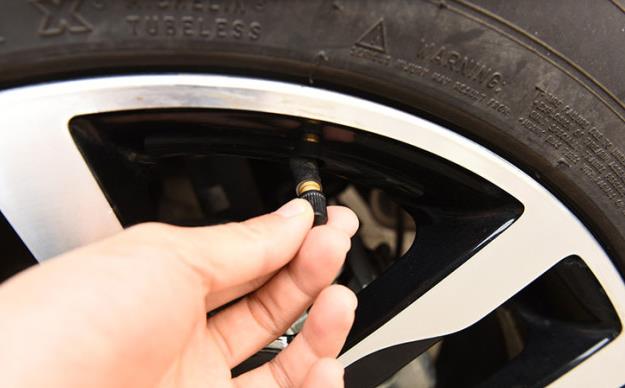5 CAR MAINTENANCE CHECKLIST TIPS TO SAVE YOU TIME AND MONEY
SAVE TIME AND MONEY. IT’S EASY WHEN YOU KNOW.
We all know the recommended schedule for oil changes and tire rotations, but are you as confident about the recommendations for the other car essentials? I admit that I didn’t always know what to change when on my car. Little things like air filters and windshield wipers weren’t high on my car maintenance checklist. These “little things” can make a huge impact on the performance of your car. Not only that, they impact long-term maintenance costs.
WHAT TO CHECK ON YOUR CAR & WHEN
Generally, there are two schools of thought on how to determine when your car should be serviced. The first school of thought is, let the mechanic tell you. The reasoning with this is pretty clear. After all, if you go to the same location for service all the time then it shouldn’t be an issue. They’re keeping a log and will inform you of any needed services, right?
There are lots of busy people in this school of thought. I was in this group until I was charged on a series of oil changes for new air filters that were never installed – the factory installed model was still in the car 2 years later.
1. WHEN TO CHANGE YOUR AIR FILTER
Pretty much anytime I’ve had an oil change, there’s been an offer to change my air filter at the same time. This is certainly on the list of items when you should follow the manufacturer guidelines for your specific make and model.
Ford recommends changing the filter every 15,000 – 30,000 miles depending on the model and usage of the car. As a contrast, Mazda recommends a change every time you change your oil but never going beyond the maximum of every 36 months or 37,500 miles.
The best way to know when to change the air filter is with a visual inspection when you notice a decrease in your gas mileage, or slow start when turning the car on.
An air filter change is a reasonable fix that can have an impact on your gas costs so it’s more than worth changing on a regular basis.
2. NO JUMP STARTS NEEDED WITH BATTERY’S CHANGED ON SCHEDULE
Going out in the morning and not having your battery crank up is not the best way to start your day. Generally speaking, the life of a car battery is three to six years.
The huge variance is based on your local climate, the model of vehicle and driving habits. One way to make sure that your battery stays strong is by doing an occasional check of the contacts. Just look at the terminals to ensure that they’re not leaking and clean of corrosion. You can purchase a brush for just a few dollars and clean the terminals yourself or ask your mechanic the next time your car is at the garage.
3. TOP OFF THE FLUIDS
There are so many fluids in a car and it’s worth knowing about them all. Here are three of the important ones to keep track of.
Oil – Make sure to check your oil levels once a month even if you’re not getting an oil change. Learn how to pull out the stick and review the level, especially during extreme weather or if you see a leak.
Antifreeze/Coolant – Overtime the pH changes in your coolant and can make your car more susceptible to corrosion. Follow your manufacturer guidelines for when the engine should be flushed but start monitoring it at 100,000 miles.
Brake Fluid – When having your brakes changed, flushing the fluid should be part of the services offered.
Windshield Washer Fluid – This can be critical in cold or stormy climates. And when you find out the reservoir is empty is usually the worst possible time to discover this. Drivers in cold climates should use a wiper fluid with anti-freeze to keep sleet from accumulating on the windshield. And in a pinch, regular water works just fine too.
4. THE MOST CURRENT INFORMATION ON WHEN TO CHANGE YOUR TIRES
Tires are a no-brainer for a list of what to change in your car. We all know that tires should be changed accordingly to their mileage rating. After 60,000 miles, you need to replace your tires, right? Actually according to Michelin, we might be getting rid of our tires too soon. Unless the tires are unsafe, bulging or clearly worn, a cautious driver may have up to an extra 10,000 miles on their tires.
5. CAN’T SEE IN THE RAIN? CHANGE YOUR WINDSHIELD WIPER BLADES
Windshield wiper blades should generally be changed every six months to a year, regardless of car make or model. In fact, they may need to be changed more frequently if you’re experiencing any of the following: windshield streaks or film, chattering sounds, season change or visible wear.
Windshield wiper blades can make a huge difference in visibility on the road, so err on the side of caution and include them in your car checkups before any major trips.
Next: Accessories
























